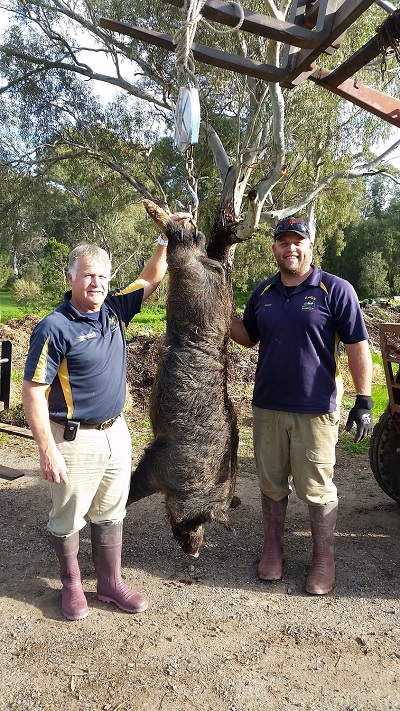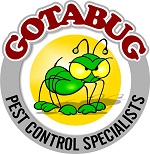About Feral Pigs:
Brought over by settlers to Australia as livestock, they were left to free-range and became uncontrolled and essentially feral. Implementations against wandering pigs started as early as 1795 as they quickly became a nuisance. As farming spread throughout the continent, so did the feral pig, becoming a serious problem to agricultural industries. Attempts to control the population have varied since, but have so far been ultimately unsuccessful.
Feral pigs cause significant damage to various agricultural sectors, and to the biodiversity in natural ecosystems. They also pose a major risk to biosecurity, acting as a host to dieases that can be transmitted to people and livestock. These kinds of diseases include leptospirosis, internal and external parasites, brucellosis, tuberculosis, and several arboviruses, which have potential to cause significant disruption to sustainable agriculture. Feral pigs can also cause extensive damage to infastructure, water and soil quality, animal productivity, and are a threat to our native flora and fauna.
There are approximately 3.5 million to 23.5 million feral pigs in Australia across 38% of the mainland, with the potential to spread further. They prefer dense cover to avoid direct sunlight and high temperatures, as they have a relatively low tolerance to heat. They have few sweat glands, so they need to drink more fequently and wallow in mud or water to cool off. They live in a defined home range, and return to the same trails, shelter areas, feeding and watering areas, and wallows. This home range size can vary from 0.16 km2 for furrowing sows, to greater than 40km2 for individual boars. They are most active during cooler weather such as dawn, dusk, night or during rainy or overcast weather.
In good conditions, populations of feral pigs can increase by 500% in a 12-15 month period, as breeding can occur all year round. An average litter size can range between 4.9 and 6.3 piglets, but can be as high as 10. Sows can produce 2 litters per year in good conditions, with only 2-3 months between the birth of a litter and the next fertile mating period. Feral pigs usually live less than five years in the wild.

Barry and Michael with a pig trapped at Hilier River, Gawler SA.
They are omnivorous, opportunistic feeders and can thrive on a variety of diets, with a higher reproductive potential than any other large mammals in Australia. However, the mortality rate of juvenile pigs can be as high as 90-100% if dietry protein intake is low during dry seasons. They have a large energy requirement, particularly during lactation, as sows require around 15% of their diet to be crude protein in order to successfully suckle their young. This protein can come from plants, but more often comes from animal matter such as earthworms, carrion, arthropods, frogs, and reptiles.
Feral pigs have a matriarchal social structure, as the most common group consists of related sows and their young; this is known as a ‘sounder.’ Young males may travel together once sexually mature, but older males generally operate alone or with a sibling, only joining the female groups for mating. Sounder sizes vary with age, gender, food and water availability, and disturbances from hunting or other control measures. Group sizes can exceed 100 when pigs are forced to share scarce resources, such as watering holes during droughts.

Feral pigs eating bait in a shuttle feeder in Balranald, NSW.
Feral pigs in NSW and QLD alone can cause approximately $100 million in agricultural damage. They prey on lambs, cause damage to crops, fences and water infastructure, and damage pastures by grazing and rooting. Their intelligence and adaptability makes them difficult to control. During the day they hide in thick, inaccessible vegetation and their omnivorous feeding habits give them a wide range of available food sources. This means that repeated control programs over large areas, often including several properties, are needed in order to be effective.
The strategic management of feral pigs is aimed at minimalising the damage they cause to primary production, and conservation areas, not merely to kill pigs.
